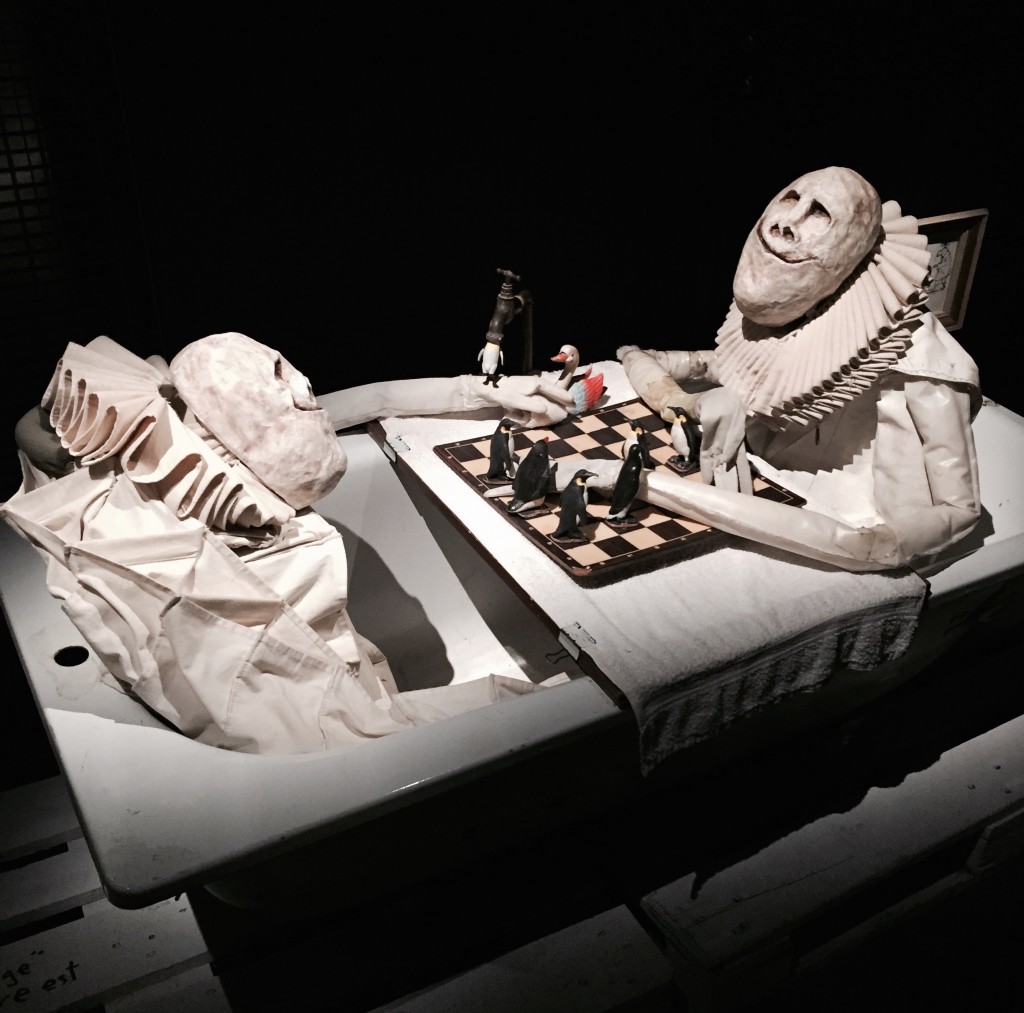Why is it that the first phrase many of us learn to use when speaking a new language is something along the lines of: “I don’t speak [insert language] very well.”?
As many students transitioning from a classroom to a full immersion program experience, the difference between the two forms of studying a language can be drastic and overwhelming. One day you’re calmly answering formulated questions and the next you’re struggling to detangle the regional dialect from the conjugations -- if only to order a sandwich. Acquiring a new language requires patience and lots of it. It’s never immediate, and one often experiences a loss of grammatical fluency in their mother tongue, as well as in their host language before making reasonable progress in the latter.
For me, it’s easiest to maintain patience while practicing a skill if I understand the process required to achieve my desired results. Fortunately, I’ve had a language expert right next to me for most of my life. My mother is certified in Teaching English to Speakers of other Languages (TESL) and has a Master's Degree in inter-cultural communication. When frustrated with my ill attempts at fluency, I call her for an educational episode on language acquisition. What she explains to me about language education helps me keep in mind that learning is a process. It goes something like this:
In any language, whether it is your birth language or a new one you’re trying to learn, there are two components:
- Comprehension: One’s ability to read or listen in attempts to figure out what people are saying.
- Production: One’s ability to write or speak in order to convey what you want to communicate.
 |
| Imagine your language ability as the Eiffel Tower: you begin with a narrow understanding (the top) and by the end of your program it's as expansive as the base. |
The latter, production, is always more difficult to perfect than the former.
For example: A baby from one to two years begins to understand what is going on through an listening comprehension, however, he responds in little more than "babbling’"because he has yet to grasp the mechanics of language production (vocabulary, grammar, pronunciation, etc.). It will take time and patience for the child to begin to clearly dictate what it is that he wants or needs.
When in an immersion program, students will experience similar difficulties and variations in their ability to understand and communicate in a new language, in an expression of two phases:
- Phase 1 – the Window of Orientation: This phase, typically lasting 30-60 days, is when students begin to have “their ears turned on.” During this process, the brain is trying to adjust to stimuli received in a different language.
- Phase 2 – Rapid Acquisition: Around 90 days into an immersion program “weird things begin to happen”. Students may begin to dream or subconsciously think in the new language while comprehension and production increase.
 |
| A missing rabbit poster requires analysis through comprehension skills. |
When beginning the learning process, think to yourself, “what is it that I need the most?” Then, come up with the words to satisfy these phrases. Narrate your actions as you do them, aloud or silently. Listen all around you: to conversations, the TV, or car radios. Read, wherever you go: store signs, newspapers, and even story books. Above the rest, take risks with your speaking and don’t be afraid to make mistakes. In the end, the most effective way to acquire language is to do as children do: with unabashed simplicity.
 |
| Regardless of doubt, talk it out! Only by risking imperfect grammar can you learn to correct yourself. |
Emily Milton is the Fall 2015 CEA MOJO Blogger in the French Alps, France. She is currently a Senior at Iowa State University.







